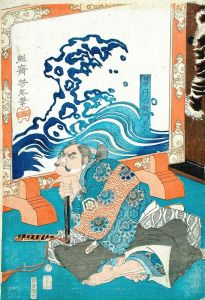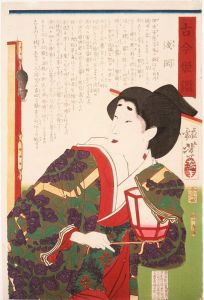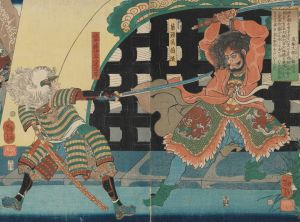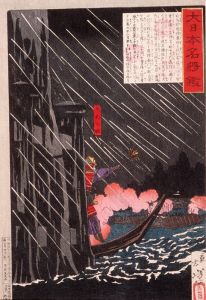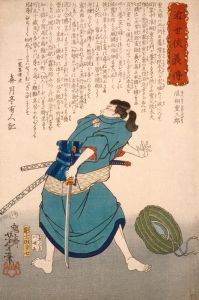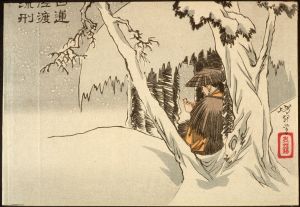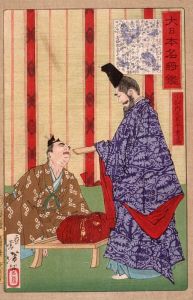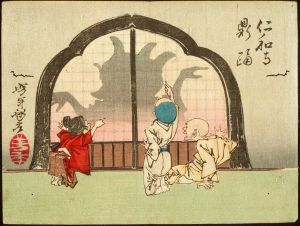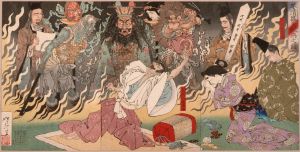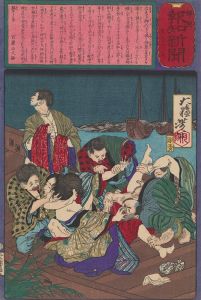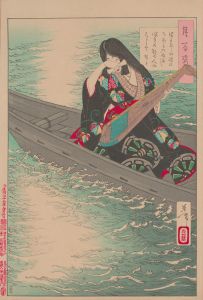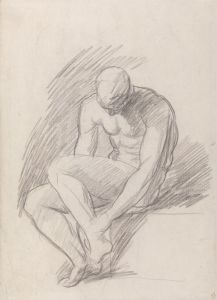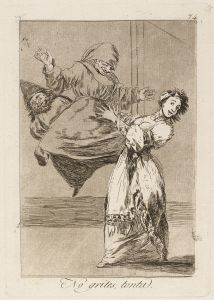
Ōya tarō mitsukuni
A hand-painted replica of Tsukioka Yoshitoshi’s masterpiece Ōya tarō mitsukuni, meticulously crafted by professional artists to capture the true essence of the original. Each piece is created with museum-quality canvas and rare mineral pigments, carefully painted by experienced artists with delicate brushstrokes and rich, layered colors to perfectly recreate the texture of the original artwork. Unlike machine-printed reproductions, this hand-painted version brings the painting to life, infused with the artist’s emotions and skill in every stroke. Whether for personal collection or home decoration, it instantly elevates the artistic atmosphere of any space.
Tsukioka Yoshitoshi (1839–1892) was a renowned Japanese artist known for his work in the ukiyo-e genre, a style of woodblock printing and painting that flourished in Japan from the 17th through the 19th centuries. Yoshitoshi is often celebrated for his innovative approach to traditional subjects and his ability to capture the complexities of human emotion and the supernatural in his art. One of his notable works is "Ōya Tarō Mitsukuni," which reflects his mastery in depicting historical and legendary figures.
"Ōya Tarō Mitsukuni" is part of Yoshitoshi's series that often explored themes from Japanese folklore, history, and mythology. The artwork features the legendary figure Ōya Tarō Mitsukuni, a character rooted in Japanese lore. Mitsukuni is often depicted as a heroic figure, known for his strength and bravery. Yoshitoshi's portrayal of Mitsukuni is consistent with his style, which frequently combines dynamic composition with intricate detail.
Yoshitoshi's work during the Meiji era was marked by a transition from traditional to more modern themes, reflecting the broader changes in Japanese society as it opened up to Western influences. Despite these changes, Yoshitoshi remained committed to the ukiyo-e tradition, infusing it with his unique perspective and creativity. His work is characterized by bold lines, vibrant colors, and a keen attention to detail, all of which are evident in "Ōya Tarō Mitsukuni."
The piece is likely to have been created during a period when Yoshitoshi was exploring the supernatural and heroic themes, which were popular in Japanese art and literature. His ability to convey the drama and intensity of such stories made his work stand out among his contemporaries. Yoshitoshi's prints often included elements of the supernatural, reflecting the cultural fascination with ghosts, spirits, and legendary heroes.
"Ōya Tarō Mitsukuni" exemplifies Yoshitoshi's skill in storytelling through visual art. His use of color and composition not only captures the viewer's attention but also conveys the essence of the character's legendary status. The artwork is a testament to Yoshitoshi's ability to blend traditional Japanese artistic techniques with his own innovative style, making his work both timeless and distinctive.
Yoshitoshi's influence on the art world extends beyond his lifetime, as his works have continued to be celebrated for their artistic and cultural significance. His prints are considered valuable both for their aesthetic qualities and for their insight into the cultural and historical context of 19th-century Japan. "Ōya Tarō Mitsukuni," like many of Yoshitoshi's works, serves as a window into the rich tapestry of Japanese folklore and the enduring appeal of its legendary figures.
In summary, Tsukioka Yoshitoshi's "Ōya Tarō Mitsukuni" is a significant piece that reflects the artist's mastery of the ukiyo-e style and his ability to bring legendary figures to life. Through his innovative approach and dedication to traditional themes, Yoshitoshi has left an indelible mark on the world of Japanese art.





